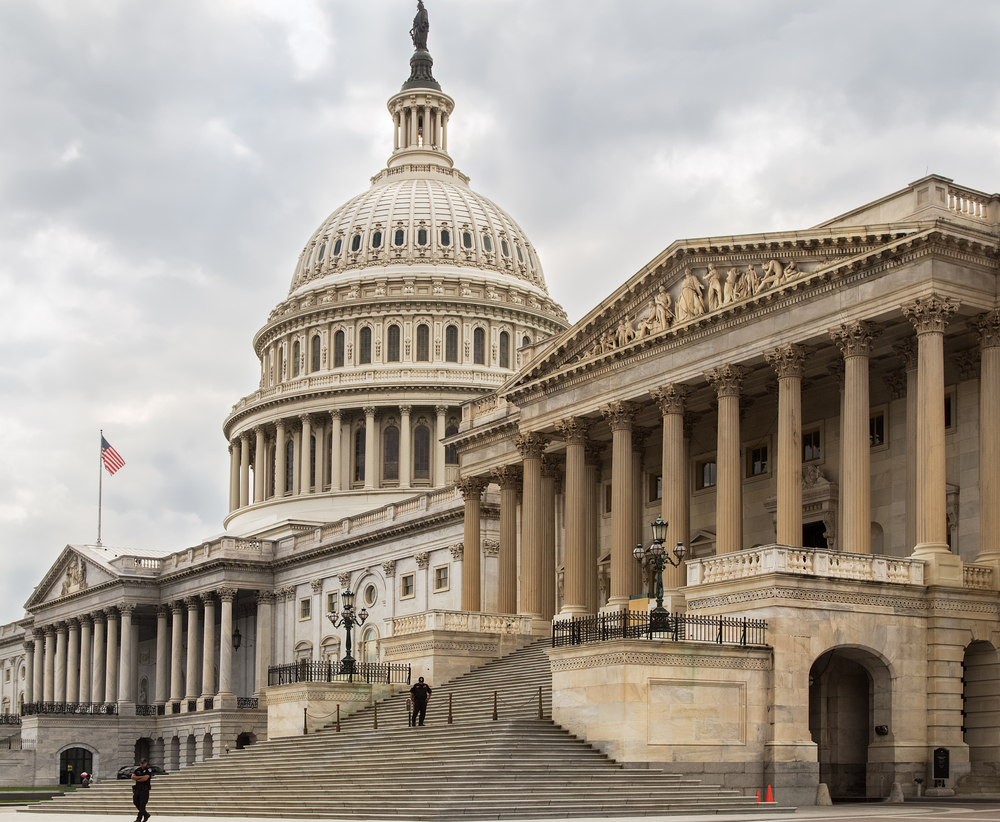Sept. 24, 2018 — With the amendment to fund the implementation of mandatory drug prices in consumer advertising stripped out of the spending bill to which it had been attached, the question of whether or how quickly this drug pricing mandate will move forward remains unclear.
The amendment, from Sens. Dick Durbin (D-Ill.) and Charles Grassley (R-Iowa), would have given the FDA $1 million in funding to facilitate the mandate; although the amendment was attached to the spending bill approved by the Senate in August, it was removed from that legislation in the House on Sept. 13.
Both Senate and House leadership were determined to pass the overall bill, which includes fiscal 2019 appropriations for the Departments of Defense and Labor, as well as the Department of Health and Human Services (plus short-term funding for some other agencies), before the Sept. 30 deadline, and feared that this amendment was one of the items that could derail approval. The bill will go to President Donald J. Trump’s desk this week for signing ahead of the deadline.
However, this hiccup in moving the amendment forward does not mean that mandatory drug pricing in consumer ads is going away. “This issue is certainly not dead,” said Coalition for Healthcare Communication Executive Director Jon Bigelow. “Supporters of the mandate for drug prices in DTC advertising are passionate about it, and the requirement could reappear as an amendment to future legislation after the new Congress meets in January,” he said.
“There also is a very real possibility of non-legislative action,” Bigelow continued, “either building upon a regulatory placeholder HHS has submitted to the Office of Management and Budget, or even a possible executive order from the president.” The mandatory listing of drug prices in ads was part of the president’s “American Patients First” blueprint for drug price transparency, and HHS Secretary Alex Azar has said that he believes HHS has the ability to mandate drug prices in ads without any action from Congress.
“The Coalition generally favors more information on clinical options, not less – but that information has to be accurate and credible,” Bigelow explained. “We are very concerned that the proposed mandate does not represent true transparency. Any stated ‘list price’ would be inaccurate, confusing and misleading, since in reality the prices individual patients pay vary widely based on insurance coverage, copays, rebates and other factors.”




